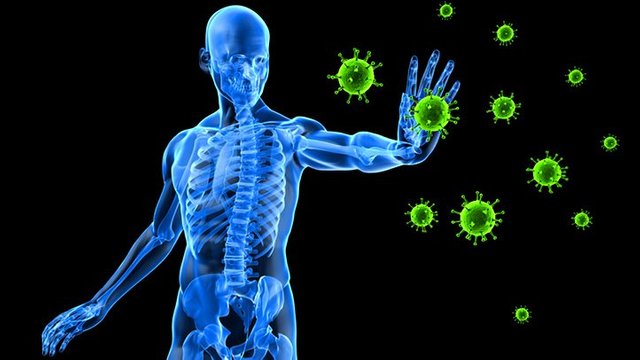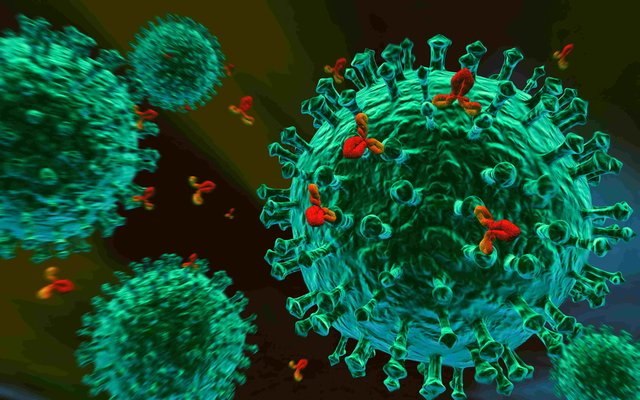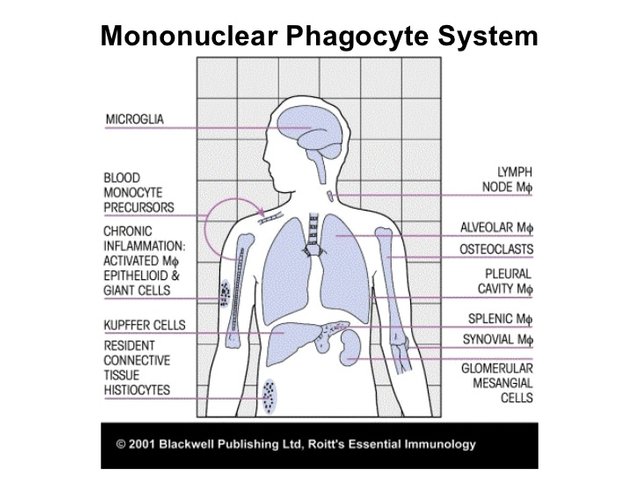In our everyday lives we are routinely exposed to pathogens, microbial viral or otherwise which threaten the homeostasis of the delicate workings of our body. The natural question for any person observing this system is – how do we thrive in this endlessly competitive environment where we are repeatedly being targeted, and often act as host to organism detrimental to our health. The answer that scientists came up with was the immune system, an intricate system of specialized cells which work together in preventing, detecting and building an appropriate response to anything that might be considered a threat to our health. In this series I will extensively explain the various systems utilized by these cells which are undoubtedly one of the most important instruments ensuring our continuous survival in the merciless conditions caused by microscopic organisms. The relatively short period in which humans have been aware of the immune system (~120 years) is one of the most important in the medical sciences and will persist being an indispensible part of healthcare for the remainder of our existence.

In the first part of the series I will focus on the basics, namely the basic structure of the immune system and some background knowledge you need to get you introduced to the world immunology.
As I mentioned before the immune system works through a variety of specialized cells, the products of these cells, as well as associated organs. So getting acquainted with the function of these units as well as their origin is indispensible to our understanding of the system of a whole. Therefore, I will begin the introduction with further explaining these parts.

The core of our immune system is the cells which make it up, macrophages, T-cells, B-cells, basophils, neutrophils, monocytes, to name a few. They all have a similar function (protection of our organism), albeit they exert their effects in different ways. The cells previously mentioned are all blood elements much like red blood cells (which make up large part of our blood and are key in transporting oxygen) and as such float around in intra or extracellular spaces in order to exert their effect. These bodies are coated in immune receptors which are used for detecting the pathogen and initiating the response. There are multiple types of immune responses and many more receptors used to initiate them but I will not get into them now.
In order to get an idea of how these cells function, I think it is important to explore their origins, as it helps us recognize the similarity of these structures as well as helps us make sense of their difference in function to an extent.
Bone marrow is the place of origin of all blood elements in adult humans – you might have heard of bone marrow transplantation during immune deficiency, example after chemotherapy (during cytostatic chemotherapy cells do not proliferate to a considerate extent, causing a deficiency in concentration). The immunocytes (cells of the immune system) are derived from stem cells which are located in the bone marrow as previously mentioned. They originate from two stem cell lines, namely myeloid and lymphoid. The graphic below explains the general development of each line (1.1). Their growth is stimulated by so called colony stimulating factors (CSF) which differ for different subtypes of cells (CSF are hormone like peptidic compounds).

All of the cells listed above have different functions which I will get into in later articles, for now know that they all develop in the bone marrow, that they are in blood (migrate through body and tissues) and a new fact, that they move into the lymphatic vessels which are part of a network of important communicating sites for immunocytes.
The distribution throughout the body is truly all encompassing the extent of their wide presence can be witnessed in the monocytic phagocytic system. They are found everywhere from the brain (microglial cells, to the kidneys (mesangial phagocytes). The illustration bellow points out all of the places where the MPS present (1.2). This system is responsible for phagocytosis (engulfing) and immune modulation which due to their constant presence in these areas is immediate.

Another very important division that in the immune system is between its organs. Namely, primary and secondary lymphoid organs. In simple terms, primary organs are the places of maturation and development of these cells, ex. bone marrow, and thymus while secondary organs are important for communication filtration and reproduction (spleen, lymph nodes, payer’s patches, gut, tonsils). A very important part of the immune system which I failed to mention before are mechanical barriers such as skin, they play a huge role in active protection of our bodies
I think that just about covers the very basic structure of the immune system without explain the specifics of any one part of it.
I know steemit is generally not a place for these types of articles. But, I thought I would try it, maybe something like an steemituni.
I will further continue my series with the explanation of the specific blood elements and the role they fulfill in maintaining this amazing system of our body.
Comment and like if you like want me to continue writing these types of articles. I will try to keep them as short and informative as possible. This being an introductory post was slightly more extensive, however I hope that I will find a way to format my post more readily for a wider audience.
Interesting! May I ask what your profession is? I'd be very much interested in write-ups like this in the future as I'm very interested in medicine and the human physiology myself. I'll definitely throw you a follow!
Downvoting a post can decrease pending rewards and make it less visible. Common reasons:
Submit
Thank you :) . I am currently doing my masters in pharmacy. I'll definitely do some more write ups. I could do one on a specific topic from physiology if you have any suggestions.
Downvoting a post can decrease pending rewards and make it less visible. Common reasons:
Submit
Congratulations @filiphbo! You received a personal award!
You can view your badges on your Steem Board and compare to others on the Steem Ranking
Vote for @Steemitboard as a witness to get one more award and increased upvotes!
Downvoting a post can decrease pending rewards and make it less visible. Common reasons:
Submit